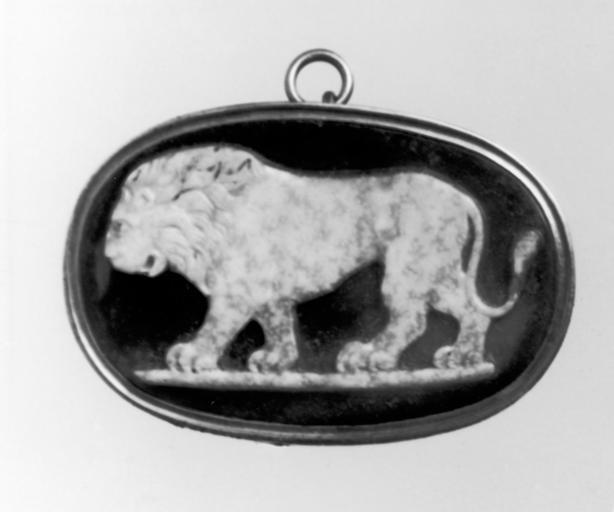MAKE A MEME
View Large Image

| View Original: | European - Cameo with a Lion - Walters 42139.jpg (1800x1501) | |||
| Download: | Original | Medium | Small | Thumb |
| Courtesy of: | commons.wikimedia.org | More Like This | ||
| Keywords: European - Cameo with a Lion - Walters 42139.jpg Onyx is often chosen for cameos because it frequently contains a straight well-defined vein of white The subject can be carved from the white vein and the dark part is then removed from the visual field to create the image Lions were common subjects for antique cameos This beautifully carved piece could have been offered for sale as an antique or as a piece in which the art and techniques of antiquity were reflected Few 17th-century collectors could have told the difference ca 1500 1625 Renaissance onyx gold cm 2 4 accession number 42 139 26563 Collections of Charles Newton-Robinson Sale Christie's June 27 1909 no 95 Morrison cat no 11 Dikran Kelekian Paris and New York date and mode of acquisition unknown Henry Walters city Baltimore Walters Art Museum Henry Walters Acquired by Henry Walters 1909 Jewelry - Ancient to Modern The Walters Art Gallery Baltimore 1979-1980 Objects of Adornment Five Thousand Years of Jewelry from the Walters Art Gallery Baltimore Cooper-Hewitt National Design Museum New York; Chrysler Museum of Art Norfolk; Carnegie Museum of Art Pittsburgh; San Antonio Museum of Art San Antonio; Philbrook Museum of Art Tulsa; Honolulu Academy of Arts Honolulu; New Orleans Museum of Art New Orleans; Milwaukee Art Museum Milwaukee; Minneapolis Institute of Arts Minneapolis; Toledo Museum of Art Toledo; The John and Mable Ringling Museum of Art Sarasota 1984-1987 Jewelry from the Walters Art Museum and the Zucker Family Collection The Walters Art Gallery Baltimore 1987 place of origin west Europe Walters Art Museum license Renaissance applied arts in the Walters Art Museum Art from Europe Media contributed by the Walters Art Museum needs category review | ||||